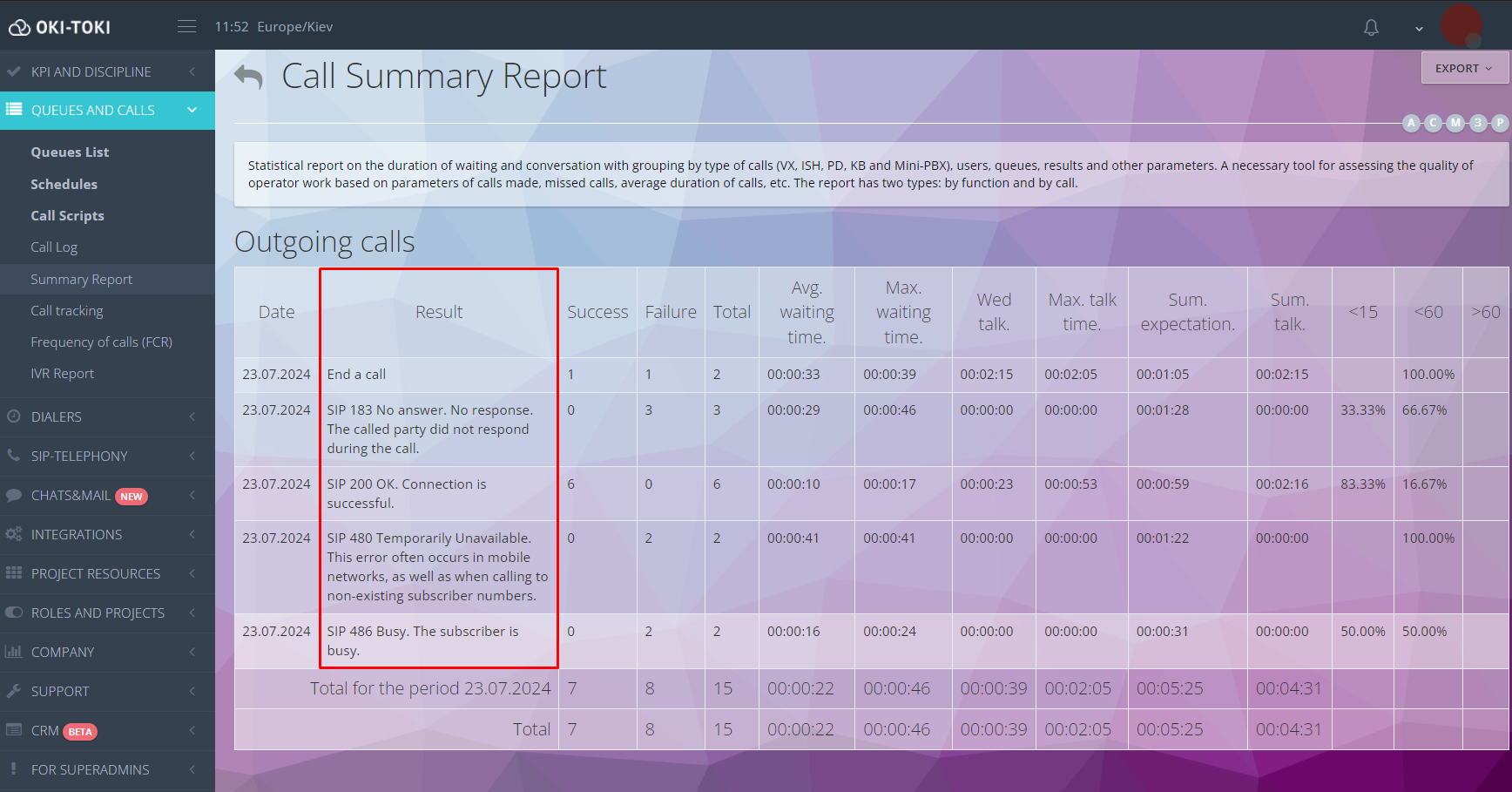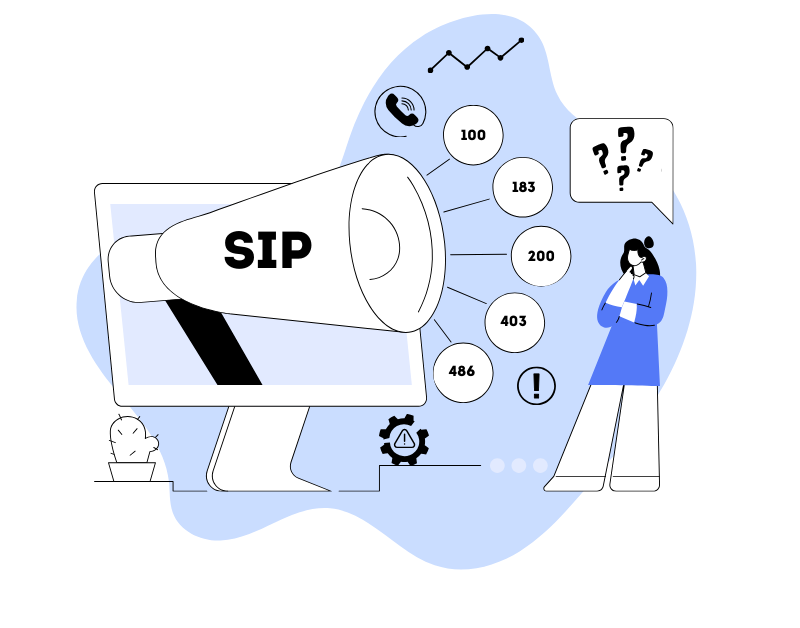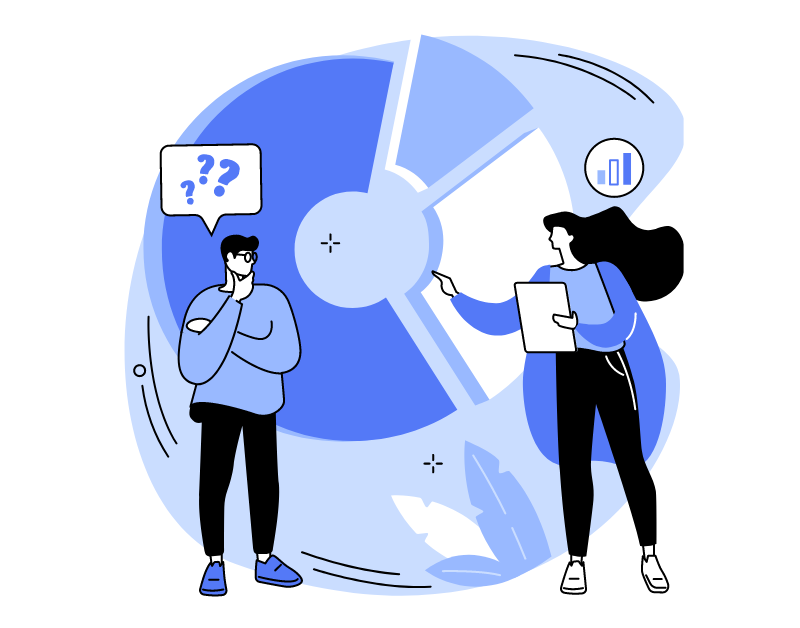In the process of working with IP telephony, cloud PBX and Oki-Toki in particular, you will inevitably hear or see something like “We see SIP 404 from your side” or “SIP 100 comes and that’s it”. No, that’s not it, if you remain puzzled. What a SIP response is can be understood easily and simply by reading our article.
Article relates to products: Cloud call center
From dummies to electric kettles
What you see as an error is the last SIP response that comes from the SIP provider when the call ends. A call can be conditionally divided into 6 stages:
1. We send a call request to the SIP provider (so-called INVITE)
2. We receive the first SIP response “SIP 0” (patient is alive, the request reached them)
3. We receive SIP 100 (SIP provider informed us that the connection between Oki-Toki and SIP provider was successfully established)
4. And then it depends on the situation:
- Initially the SIP provider will try to call the client. And as soon as it starts, it will send us SIP 100. If it doesn’t get through within the call time, then the last SIP response will be exactly SIP18X: No answer (SIP 180 or SIP 183).
- Next, it can also be Busy (SIP 486), although in the modern world of multi-channel communication this happens less and less often.
- Most often if something is wrong, then this corresponds to some connection error (403, 404, 503, 486, 480 and so on), then it will be the last response. (Note: you cannot tell anything about connection quality from SIP response.)
- If the client picks up the phone, then their last SIP response will be SIP 200.
5. In case of successful connection (SIP 200), the SIP provider informs us that the subscriber picked up the phone (in SIP telephony this is called “connect”)
6. When the conversation ends, in the technical call log we can determine the party that ended the call. Termination from Oki-Toki side is marked as “kill”, and termination from SIP provider or subscriber side – “finish”.
That’s all you need to know to start.

Summary
SIP responses during calls are not Oki-Toki messages (or errors), but the last responses from the SIP provider and only it can accurately name the exact reason for their appearance as a call result;
There is a reason why we reject a call with an error – this is SIP9ХХ – or “Direction blocked”. The error occurs when an agent makes a call to a number with a prefix that is not specified in the allowed directions of the connected SIP gateway (SIP provider);
SIP responses report connection status and do not contain information about its quality.
If SIP 180/183 or SIP 200 may not raise additional questions, then what do the others mean? See Part 2.
How to make a report on SIP calls see here.



